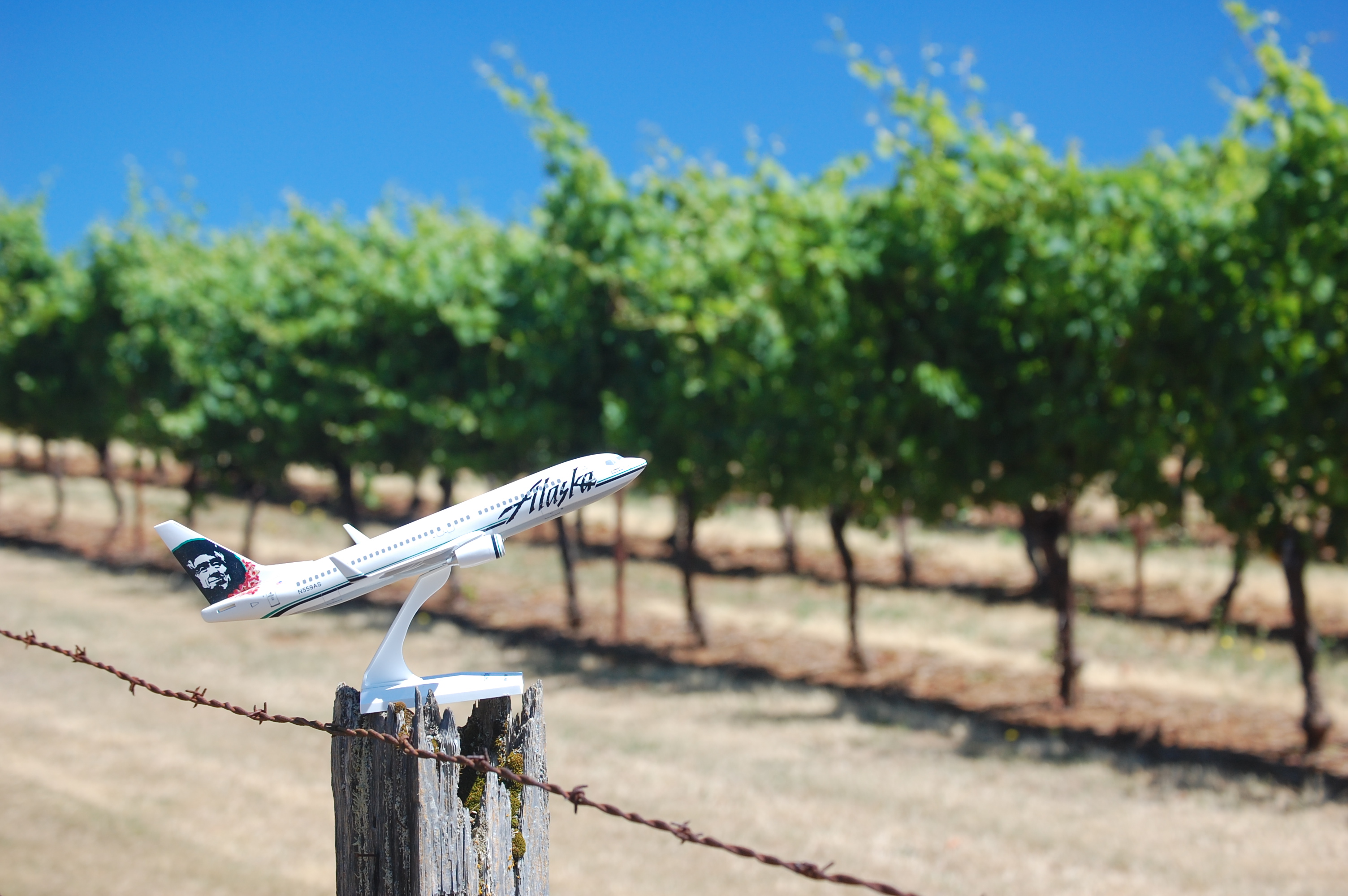By: McKenzie Hargens (@Kenziehargenss)
As social media establishes it permanence as a communication tool, a marketing tool and a news source, organizations are beginning to recognize its significance in measuring and monitoring digital presence and audience connection.
However when it comes to interpreting insights drawn from social media data analytics, the proof of the pudding is in the eating. By this I mean that in order to successfully measure the performance of your content, you must first establish what you want your content to accomplish and then track its progress accordingly. Luckily, someone else has developed an excess of tools that you can use for most of the tracking, but you will still need to understand how to turn available data into actionable recommendations for future content.

Key Performance Indicators
You form actionable recommendations by tracking key performance indicators such as reach and engagement, which measure how content is delivered, circulated and interacted with. For example, if you want to garner awareness you can track the reach of your message through metrics like Facebook shares or retweets on Twitter, that can indicate your audience’s willingness to share your content within their own networks. Metrics such as comments, likes, clicks and reactions can indicate the level of engagement your audience has with specific content and can also help you to create more targeted and successful messaging.
Tracking and utilizing these performance indicators can help organizations develop content based off of strategic insights, such as optimal post character count, instead of depending on cute and cuddly cat pictures to promote its messaging (not to suggest that there isn’t an obtainable and appropriate balance of the two).
Drawing Insights
By tracking the who, where and how behind the people interacting with your content, you can determine how to develop the highest reaching and most successful messaging for your specific audience. Paying attention to how your content is presented and distributed, and identifying the optimal strategy for each media outlet regardless of whether it is owned, paid or earned content coverage can help to develop achievable objectives through innovative methods with success rates that are measurable.
Watching how the growth of your fans and followers increases and decreases, identifying your total number of followers in comparison to your number of regularly engaged followers and researching related topics that your fans and followers might also be interested in are just a few useful metrics in determining who is going to engage with what kind of content. Classifying your content into specific areas of messaging such as news and information, customer service or calls to action can help to organize your posts by what are the highest and lowest performing posts in terms of audience engagement. This can help to prioritize how your messaging should be presented, at what frequency and what should just be posted versus what should be promoted in order to create optimal content and engagement.
All in all, there is a method behind the madness. Social media success can be calculated, constructed, and executed strategically if you take the time to be aware, listen and respond appropriately.




McKenzie, thank you for making my mouth sweat with that gif. Now I won’t be able to think about anything but chocolate for the rest of the day.
Also, thank you for clarifying KPI’s as that was something that zoomed over my head during class.
I was getting reach and engagement confused because, like you said, it is important to look first at your goals and objectives before you attempt to decipher meaning from data. After reading this I understand that once you start with the goal of awareness, then you can find valuable data in observing your organization’s reach on Facebook through shares and views. Likewise with engagement, if you have the goal of creating a conversation or inspiring your stakeholders, then you can delve into the data (comments, reactions, original posts) to see if you have achieved that level of engagement and develop/alter your content accordingly.
Great insights, McKenzie! Wow and talk about an aesthetic gif. Spent the first 10 minutes staring at that tiny little slice of decadence.
You touched on some key points that were mentioned during today’s guest speaker. He spoke a lot about the necessity to research and understand your target audience before zoning in on a public that you think will benefit from your service. I also could not emphasize more what you said about knowing the who, where and how in order to develop a successful message that will reach your audience. Those three things are the key working parts to really emphasize a message that will not only be received but even acted upon.
Great post, McKenzie! You did an awesome job at summarizing the key messages of how to go about social media analytics. Referring back to this post is a great refresher on what we had talking about in class this week and will become useful as we start pulling together analytics for our social media audits and finals.
I think it’s important to know which direction you are wanting to head in order to get the most useful information out of your research, and I think you did a good job at emphasizing that point. It’s going to be really interesting to see how different all of our social media audits for the final are going to be because of the different goals and of all the clients. As Kelli had mentioned before, I am also very excited to see and hear about everyone’s work!
I know it’s been said before and it will be said throughout the rest of the comments but that gif, what a little slice of heaven. What I am trying to say is, a great way to capture my attention, but also a great way to keep me distracted from focusing on the content of the blog. However, cannot say I am complaining.
But, back to the focus of this response which is your fabulous content. I am not going to lie to you, research and analytics are not my strong suit. However, recently I had a PRSSA meeting and the guest speaker spoke for 30 minutes about the importance of social media in the development of not only their personal brand but also in the developing of a brand for their clients. Something that was brought up by the guest speaker was the process social media has in boosting their clients, whether that’s through a campaign or the use of influencers. I just think it’s really interesting that all these analytics can also go into finding someone who fits a certain mold to promote a client’s brand or product. Just goes to show that social media is consistently a great tool for many aspects of PR.
I like the tone that you gave to your blog, it is amazing to see how social media indicators say so much about your performance as a company. They guide everything that you do in your platforms, and I agree with your point that it indicates how you classify your content into specific areas of messaging depending on the results acquired by listening. I also highly agree with Julia on how social media becomes a great tool for PR, imagine what the cigarette industry would have promoted on social media, when they did there PR campaign that stated there was no health issues linked to smoking, they would have killed it!!!!
Back to your post McKenzie, The thing I found more insightful was separating the steps of finding your key performance indicators to then draw the insights you need to have successful social media platforms. That was for me the key to a very well constructed blob post.